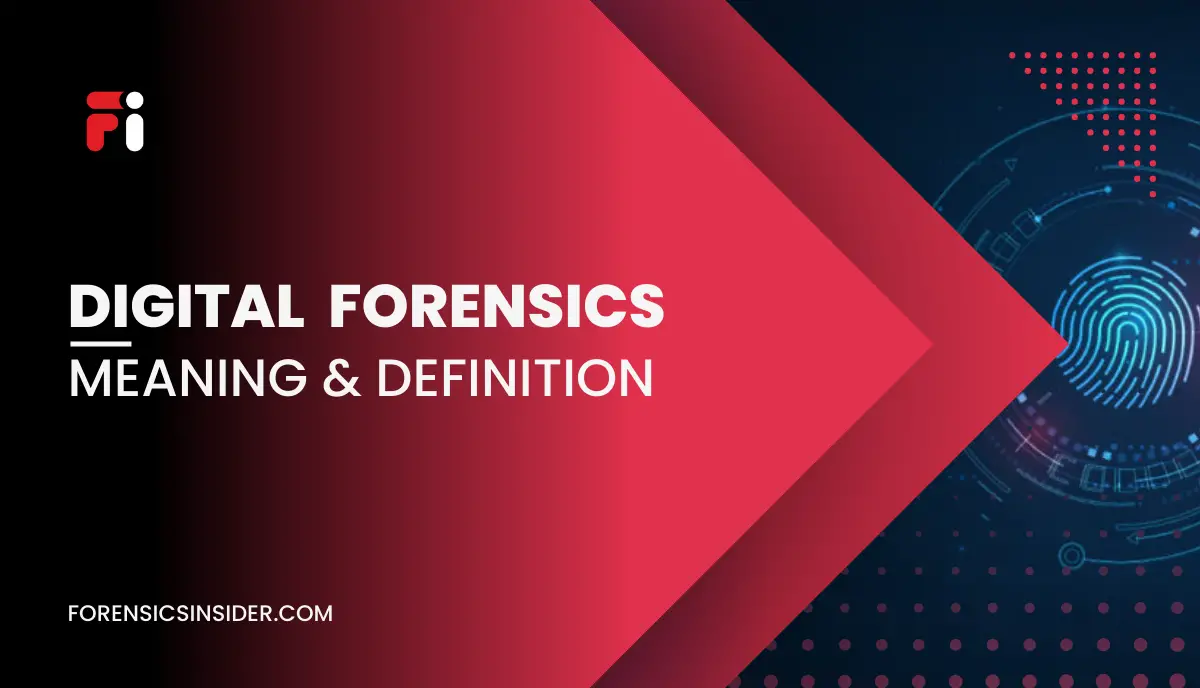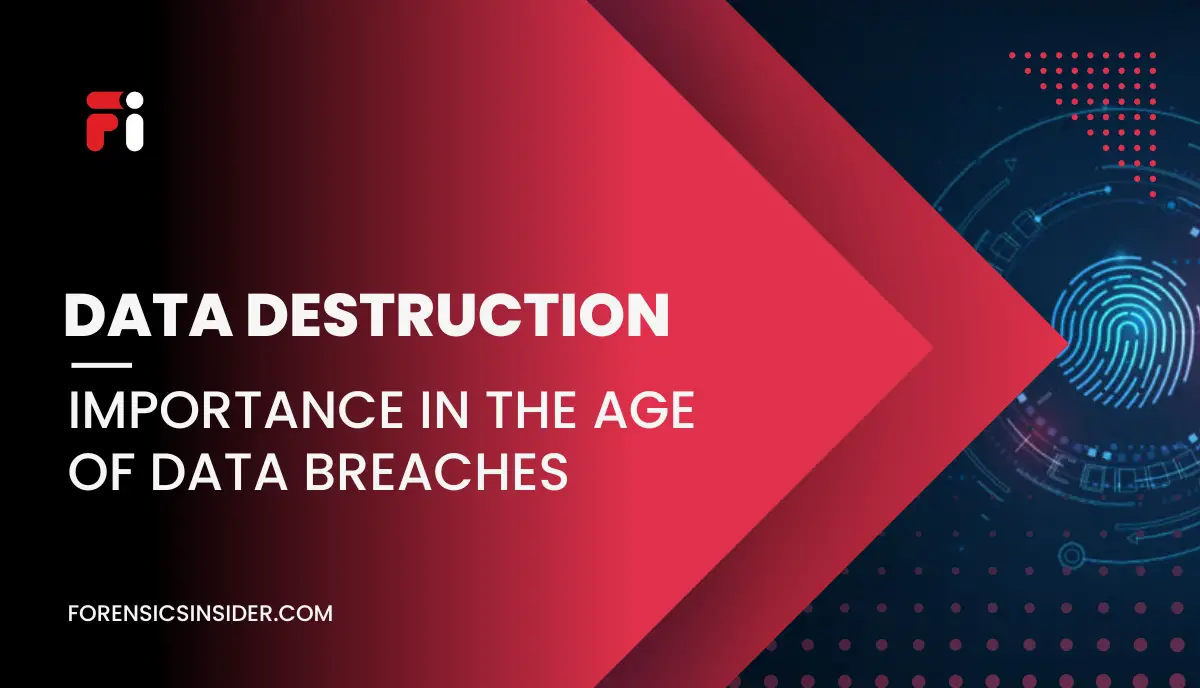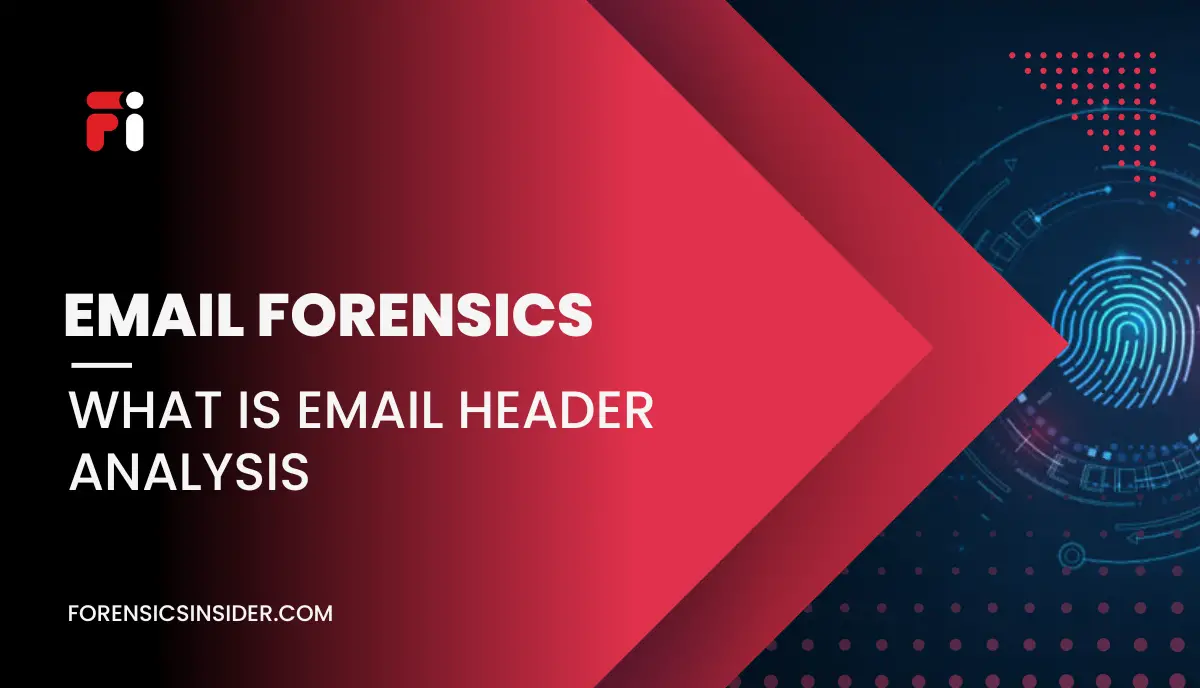In digital forensics, which is also called digital forensic science, we look for and investigate data from digital devices, as well as cybercrime.
So digital forensics began as a synonym for computer forensics. It has since broadened to include the study of any digital data storage device.
Digital forensics is becoming an increasingly important part of law enforcement agencies and enterprises. Society’s reliance on computer systems and cloud computing is growing.
Digital forensics is concerned with the identification, preservation, examination, and analysis of digital evidence. Inside and outside the courtroom, using scientifically established and proven techniques.
While its roots can trace back to the personal computing revolution in the late 1970s, however, digital forensics only began to take shape in the 1990s.
Countries like the United States didn’t start enacting national rules until the early twenty-first century.
The technical side of an investigation has now split down into five parts, including the seizure of digital media, forensic imaging, and the analysis of digital media.
What is Digital Forensics’ Purpose?
The most typical application of digital forensics in a criminal or civil court is to support or disprove a hypothesis:
Criminal cases:
Refers to alleged violations of the law and law enforcement agencies and their digital forensic experts.
Civil cases:
Refers to the protection of the rights and property of individuals or contractual disputes between economic subjects. That may involve a form of digital forensics called electronic discovery (eDiscovery).
Digital forensics experts are also hire by the private sector as part of cybersecurity. And information security teams to identify the root cause of data breaches, data leaks, cyberattacks, and other cyber threats.
Digital forensic analysis can also be part of an incident response to help restore. Determine whether sensitive data or personally identifiable information (PII) has been lost or stolen as a result of a cybercrime.
What is Digital Forensics used for?
Digital forensics is use in both criminal and private investigations.
It is traditionally associated with criminal law. The process of gathering evidence to support or refute a hypothesis in court. The evidence gather can be used as part of intelligence gathering or to locate, identify, or end other crimes. A less strict standard may be use to look at the data that is collect, which is not the case with traditional forensic analysis.
In civil matters, digital forensics can help with eDiscovery. A common example is tracking an unauthorized intrusion into the network. A forensic investigator will try to figure out what kind of attack it was and who did it.
As encryption becomes more common, forensic investigations become more difficult because there are only a few laws that force people to give up their encryption keys.
What is Digital Forensics Investigation Process?
There are a number of digital forensic process models that define how forensic investigators should collect, process, and analyze data. However, digital forensic investigations typically consist of four phases:
Seizure:
Before the actual investigation, the digital media is seize. In criminal cases, this is complete by law enforcement personnel to maintain the chain of custody.
Acquisition:
A forensic duplicate of the data is create after the evidence has been confiscate Once created with a hard disk duplicator or imaging software tool. The original disk is return to safe storage to prevent tampering. The SHA-1 or MD5 hash functions are use to check the image that capture. The hash functions are use again and again during the analysis to make sure that the evidence is still in its original state.
Analysis:
Once acquisition complete, files are analyse to identify evidence that supports or contradicts a hypothesis. The forensic analyst generally recovers evidence using a variety of methods (and tools), often beginning with the recovery of deleted information. The type of data analyzed varies, but generally includes emails, chat logs, images, web history, and documents. This means that data can be found in places where it can be found. It can also be found in the operating system cache.
Reports:
Once the investigation is complete, the information is summarize into a report that can be access by people unfamiliar with the technology. It may contain audit information or other meta-documentation.
What Tools do Digital Forensic Experts Use?
There were very few digital forensic tools in the 1980s, forcing forensic investigators to perform live analysis and use existing system administrator tools to extract evidence. This could change the data on the hard drive, which could lead to accusations of tampering with evidence.
The need for software to address this problem was first recognized in 1989 at the Federal Law Enforcement Training Center and led to the development of IMDUMP and SafeBack. DIBS, a hardware and software solution, was introduce commercially in 1991.
These tools create an exact copy of digital media that you can work with, while leaving the original disc intact for verification.
In the late 1990s, there was a lot of demand for digital evidence. Which led to the development of more advanced tools like EnCase and FTK. These tools let analysts look at media copies without having to do live forensics.
There is currently a trend towards live memory forensics with tools like WindowsSCOPE and tools for mobile devices.
Today there are single-purpose open source tools like Wireshark, a package tracker, and HashKeeper. A tool for faster searching through database files. In addition to commercial platforms with multiple functions and reporting options i.e. Encase or CAINE, a complete Linux distribution for forensic programs.
In general, the tools can be divide into the following ten categories:
- Disk and data capture tools
- File analysis tools
- File viewers
- Registry analysis tools
- Email analysis tools
- Internet analysis tools
- Mac OS analysis tools
- Network forensics tools
- Mobile devices analysis tools Database forensics tools
Conclusions
In this article, we have provide you every answer like what is digital forensics and what tool they use to investigate an evidence. We also describe you best tool to investigate of digital devices. Digital forensics involves the preservation, identification, extraction, and documenting of computer evidence for use in legal proceedings.




